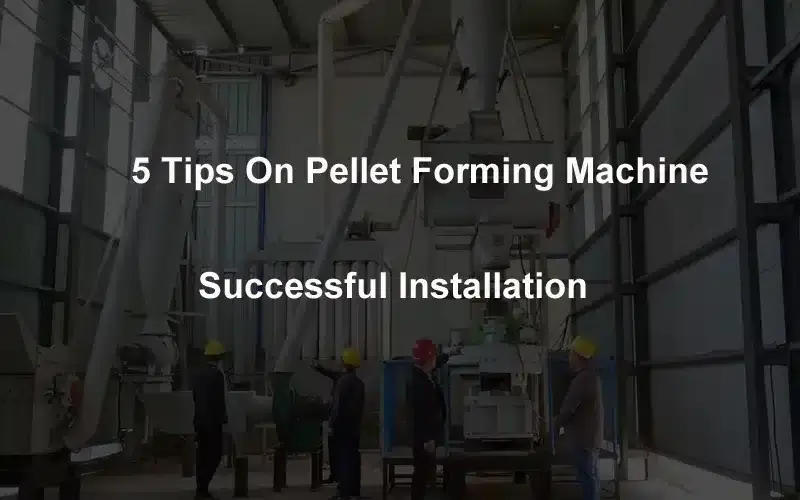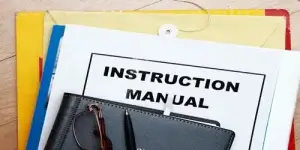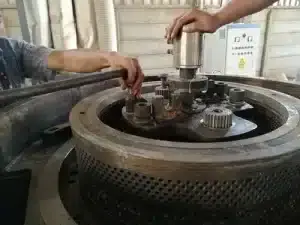
5 Tips to Ensure your Pellet Forming Machine Installation is a Success
Whether you are intending to purchase a pellet forming machine, or if you are planning to install one in your premises, you will want to do it right. However, this may not be as easy as it seems on the surface. One of the most crucial aspects you will need to consider is installation. If you are considering installing a pellet forming machine and do not know much about them, this blog is for you. The information provided here contains helpful tips that will help ensure your pellet forming machine installation experience is a success.
Follow the Manufacturer’s instructions and manual

We all want to jump in as soon as that machine arrives — but it’s crucial you take your time. No matter how excited you are, always follow the manufacturer’s instructions. Your pellet forming machine is a big investment and should last you many years down the road, but only if you follow the right practices right out of the gates.
This will act as your go-to source for all the information that you require. Read through this manual prior to even writing a check for your processing equipment. There are some safety precaution that need to be followed and also important maintenance steps that will ensure your operation can run without any problems or down time.
Ensure the right type of power supply system for your equipment.
A pellet mill is a powerful machine that requires an adequate supply of power. There are many different kinds of mills available in the market. Power requirement for pellet mills varies depending on their capacity, size and the energy used for the process. Here are a few things you should keep in mind before you buy or install pellet forming machines.
Pellet mill capacity: The first thing you need to consider is the capacity of your machine. If it is designed for large-scale farming, it will require more power than one used in small-scale farming.
Pellet mill size: The size of your pellet mill also determines its power requirement. Smaller mills require less power than larger ones because they have fewer moving parts and less material passing through them during operation.
Power type: Different types of pellets require different types of power supply systems. Wood pellets require steam boilers while corn pelleting requires electricity or gas boiler systems depending on whether they can run on renewable sources like solar or wind power (which are becoming increasingly popular).
Ensuring the pellet mill is installed on a level surface.
It’s important to ensure that your pellet mill is installed on a level surface. This will help prevent any unnecessary wear and tear on the equipment, as well as make it more efficient.
Make sure you have enough space for the machine to be placed. If you’re planning on setting up a small-scale operation, try to find an area at least 20 feet by 20 feet with no obstructions or objects in the way that could potentially damage the machine or its components during operation or transport. It’s also important to remember that if you’re using a larger scale operation, having additional space for storage and transportation purposes may be necessary as well!
Ensure that all necessary equipment has been accounted for at installation time so there are no problems later down the road!
Monitor your temperature and moisture levels.
Monitoring your pellet mill press machine is critical to ensuring that your product comes out just the way you want it. Here are some tips for keeping tabs on everything from temperature and moisture levels to the moisture content of your wood.
Temperature: Make sure that you have a thermometer in place in your pellet mill press machine. The best way to monitor temperature is to have a thermometer that measures both air and wood temperatures so that you can see where problems are coming from. If your wood is too dry, you may be able to add moisture with steam or water. If it’s too wet, use a dehumidifier to remove excess moisture from the air before it gets into your pellets.
Moisture: You’ll need a moisture meter with laser-guided accuracy if you want accurate readings on how much water is in each piece of wood that goes through your pellet mill press machine—and if you want to ensure consistent results each time.
Get your bearings or get ready to replace them.

In order to ensure the success of your pellet mill press machine installation, you need to make sure that your bearings are in good shape before you start. If they’re not, they’ll only cause problems down the line. Check this out:
If you notice that your machine is making an unusual amount of noise or vibrating more than usual, this could be a sign that your bearings need replacing. Make sure you check them regularly, and replace them as necessary!
Bearings can also wear out over time, so if your machine has been running for several years without being serviced, it may be due for some maintenance work.
These plans will help you get the best pellets when using your new pellet mill press machine.
Conclusion
In our experience over the years, we have seen mistakes made by pellet mill users every day. This is why we gathered this tip sheet for you. The blanket statement that pellet forming machines are easy to install and require no technical knowledge could get you in trouble. Always use a qualified engineer when installing your unit. By following these Pellet forming machine Installation Tips, you can ensure your installation is a success. If you have any questions please don’t hesitate to contact us!
Talk to An Expert
SHARE THIS POST
Talk to An Expert
